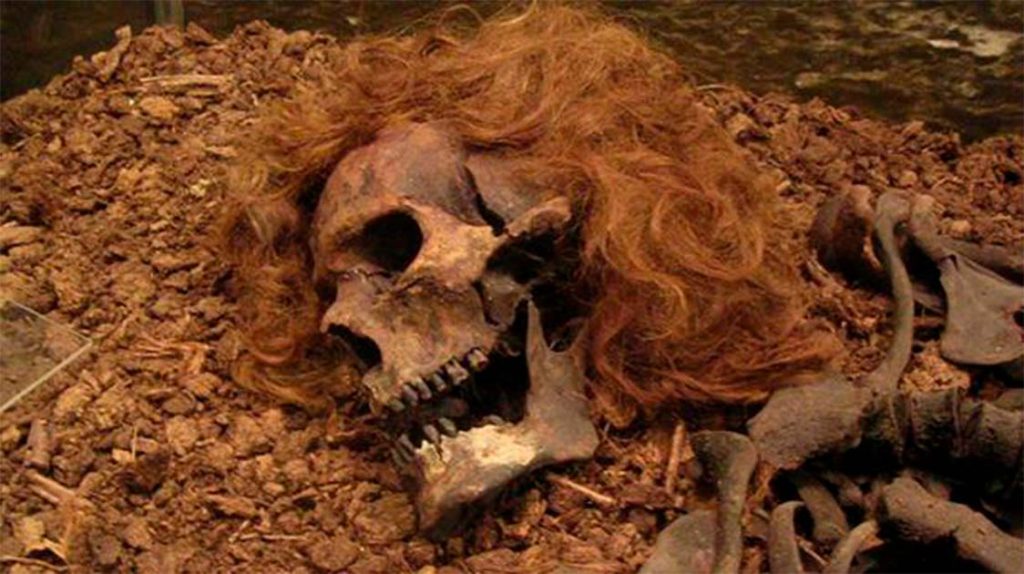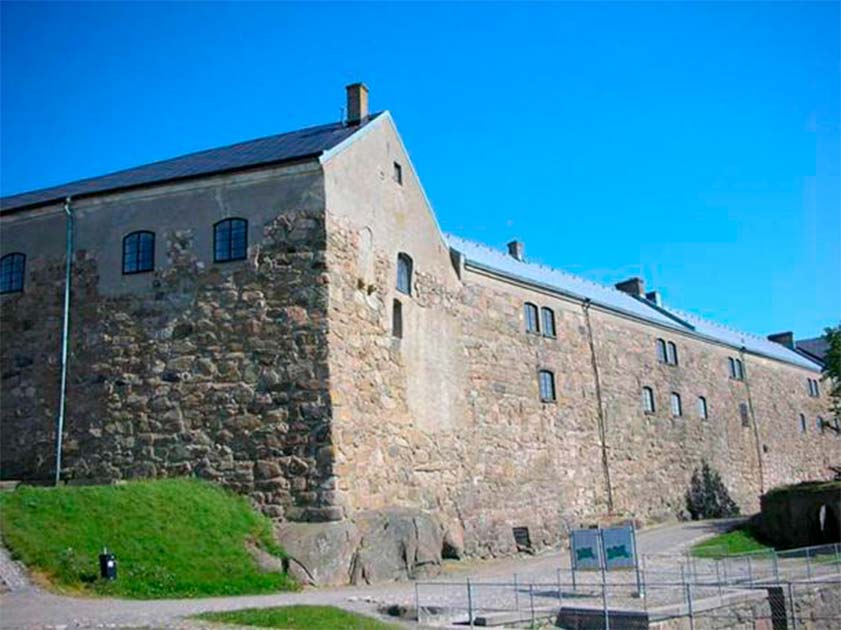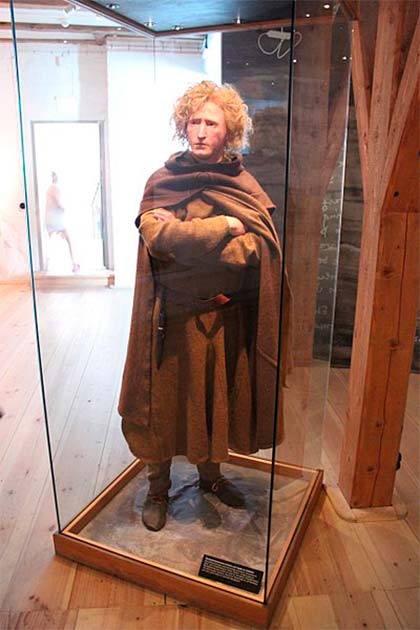Roughly seven centuries in the past, a young man, dubbed “Bocksten Man” met a violent end. He suffered three blows to the head, after which his body was cast into a peat bog and secured with three wooden stakes to prevent it from resurfacing.
Two things seem to be immediately clear: this man was killed by an assailant, and his body was hidden after his death. What led to this brutal demise, and why were the perpetrators so adamant about concealing his body?
The remains of the Bocksten Man were unearthed from a peat bog in Bocksten, Sweden, during the early 20th century. His attire, which remained relatively intact due to the bog’s waterlogged state, suggested that he was from the 14th century. He had been in the bog for 600 years.

Moreover, there was more to learn from his body and the surrounding area. For a start, the quality of his clothing indicated that he was likely a member of the upper echelons of society.
A Young Man and a Rich One
The discovery of the Bocksten Man dates back to 1936. His body was found lying face down, impaled in the chest with a piece of roofing material. Local authorities were alerted, and it quickly became clear that the body was not recent.
The body was subsequently transported to the Varberg Museum for further study. Ongoing research on the Bocksten Man over the years has unveiled some intriguing details about this young man.

Bocksten Man’s attire is regarded as some of the most well-preserved Medieval period clothing in Europe. His wardrobe included a tunic/cote, a mantle/cloak, a hood, woolen hose, and leather shoes. Additionally, he carried two leather belts and two knives.
When the Bocksten Man was unearthed, his clothing was reconstructed. However, these initial replicas were later found to be inaccurate. Therefore, between 1979 and 1981, the garments were re-examined, leading to some modifications in the reconstructions.
His high-quality attire suggested that he belonged to the Medieval elite, providing researchers a basis for conjecturing about the possible motives behind his murder.
His Last Moments
Examination of Bocksten Man’s body indicated that he was aged between 30 to 35 at the time of his demise. His long hair, impeccably preserved by the bog’s conditions, further reinforced the notion of his high societal rank.
Moreover, it was revealed that his skull had sustained damage from three hits by a blunt object, possibly a pole or hammer. These injuries, particularly the last one, were likely the cause of Bocksten Man’s death. It should be noted that there are other theories, and it has also been hypothesized that Bocksten Man might have died of natural causes, with the skull injuries occurring posthumously over the centuries.
- The Strange Prehistoric Triple Burial of Dolni Vestonice
- Otzi’s Axe: Why was the Frozen Iceman’s Weapon Discarded?
If Bocksten Man was indeed murdered, two primary theories have been proposed regarding the motive. One hypothesis suggests that Bocksten Man was involved in soldier recruitment and was killed for this reason.
Another theory posits that he was a tax collector, leading to his violent end. Notably, Bocksten Man’s chest was impaled with a straw roof branch, possibly inserted by the murderers to ensure their victim couldn’t exact revenge from the afterlife.

With the help of advanced technology, Bocksten Man’s face was recreated about ten years ago. A duplicate of Bocksten Man’s skull was created, followed by a computer tomography model.
The damaged areas of the skull were reconstructed, and the face was broadened slightly as the original skull was believed to have been compressed due to centuries of being in the bog. The resultant model of the Bocksten Man is now showcased in the Halland Museum of Cultural History (formerly known as the Varberg County Museum).
This visual representation serves as a reminder of a life lived centuries ago, a life brutally ended and concealed in a peat bog, only to be brought back into the public eye by the relentless march of science and technology. The reconstructed visage of Bocksten Man, staring back from the distant 14th century, continues to fascinate and mystify those who seek to unravel the mysteries of our historical past.
Top image: The Bocksten Man. Source: Peter Lindberg / CC BY 2.0.
By Wu Mingren